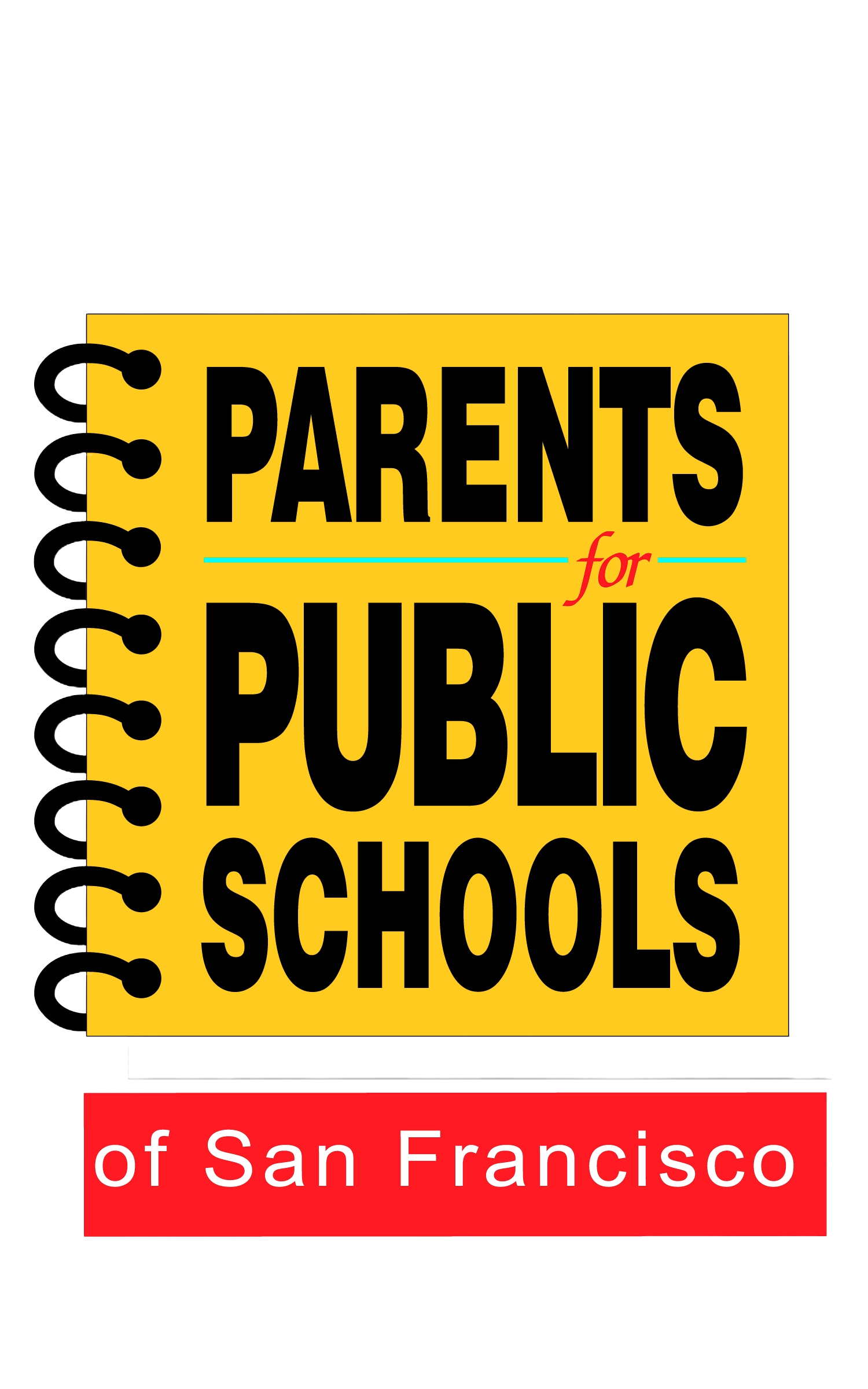What is the AB (Bonta) 1912?
What are the guidelines backed by Policy? Assembly Bill 1912: Emergency Appointments: closure and Conclusion Requirements
A legislative bill that requires a school district that is the recipient of emergency apportionment to follow specified procedures when deciding to close or consolidating schools.
In April of 2023, the legislation was conceived after many school districts were facing the prospect of closing or merging schools due to a decline in enrollment.
The new legislation explains that each district must follow new state laws under AB 1912, which requires school districts to engage the community and conduct an “equity impact assessment” before closing schools. Under AB 1912, the equity impact assessment analyzes the “disparate harms” that a closure may cause and ensures the closure is alleviating, not maintaining school segregation per the legislative guidance.
The school districts must now develop a set of metrics and make those metrics public at a regularly scheduled meeting of the governing board of the district so the public can provide input. The legislation also recommends that districts work with experts to create community advisory groups to participate in the assessment. An additional extension of the bill also states that its provisions do not apply to a school district's closure of a school due to the unsafe conditions of the school's facilities. The bill makes these provisions inoperative as of July 1, 2028.
The list of duties a school district shall do while under financial distress is as follows:
The governing board shall develop a set of metrics for the development of the equity impact analysis and make those metrics public at a regularly scheduled meeting of the governing board of the school district so that the public can provide input. Those metrics should include the following:
A. The condition of the school facility.
B. The operating cost of a school and the associated savings resulting from a closure or consolidation.
C. The capacity of a school to accommodate excess students.
D. Special programs available at the schools being considered for closure or consolidation and if those programs will be provided at the current level at the school to which students will be diverted.
E. The transportation needs of students.
F. The surrounding community and whether there are negative impacts.
G. Balance of student demographics, such as race or ethnicity, foster youth, English learners, homeless youth, and students with disabilities, and whether the decision to consolidate or close will have a disproportionate effect on any demographic.
H. Impact on attendance and whether closure or consolidation will impact attendance at other schools or specialized programs as a result.
I. Environmental factors such as traffic and proximity to freeway access.
It is important to note that closing schools can cause serious impacts that can have vast educational effects. These factors need to be addressed most transparently and sensitively. By ensuring that the school district is adhering to this policy, they should also ensure that transparency is key when deciding the future of our children, their schools, and the health of their communities.

